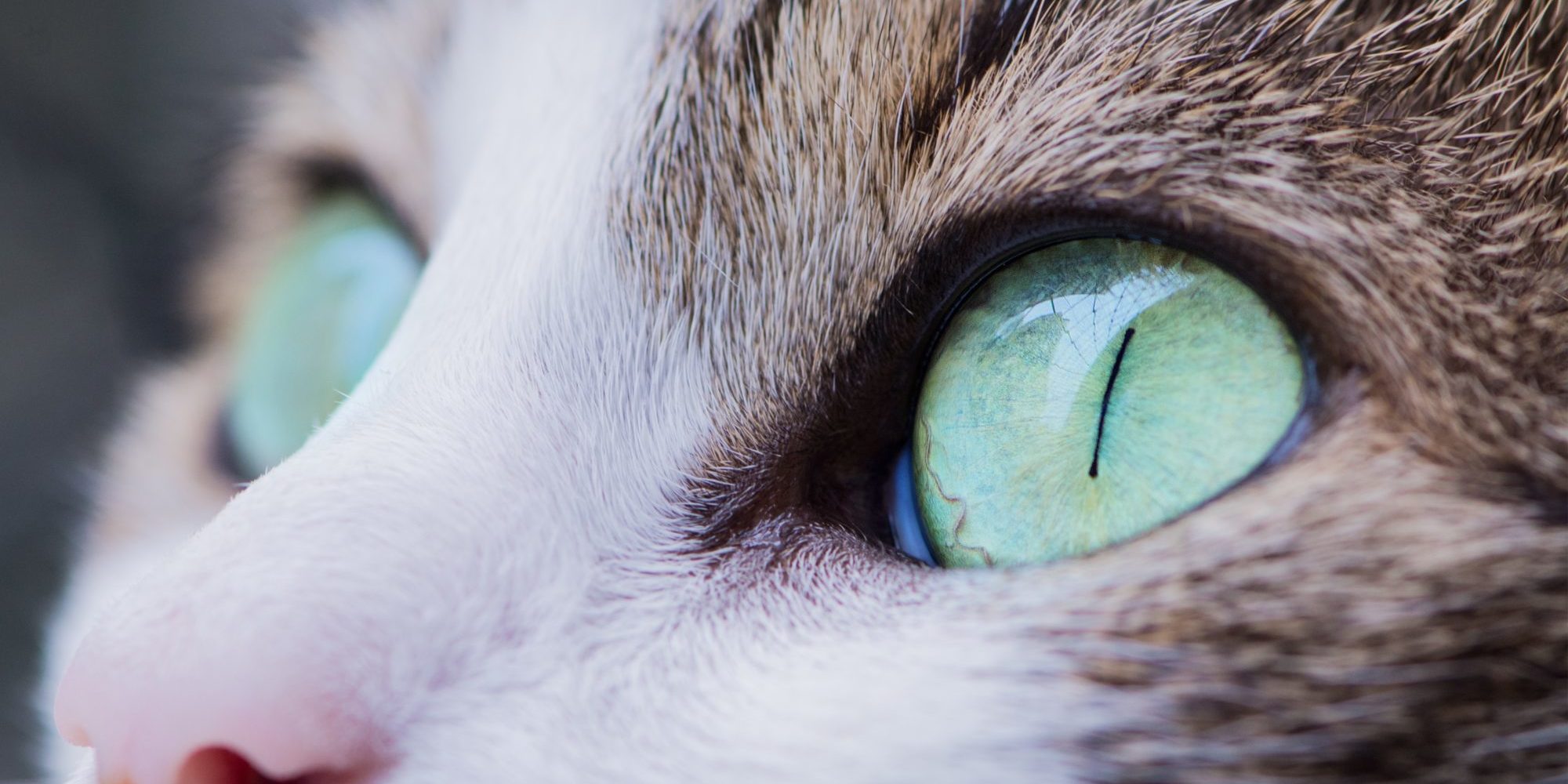The old saying goes; “the eyes are the window to the soul” and I’m sure most, if not all, pet owners could probably attest to this when their little critter stares deeply into their own, especially around dinner time. Which is why we need to make sure we look after our companions’ eyes this summer and all year long.
Just like us, foreign objects can end up in and around our animal’s eyes. These can range from grass seeds and sticks to eyelashes and other debris. Objects in the space around the eye will cause a lot of discomfort with signs including squinting, pawing at the eye, swelling and weepiness. A prompt removal, likely under a small amount of sedation, will help prevent any lasting damage to the surface to the eye (the cornea) though some medicine to be put onto the eye will likely be needed to help prevent an infection.
If an object or a scratch does cause damage to the cornea, this is called a corneal ulcer. These are painful and cause a lot of discomfort. The signs of an ulcer are similar to having an object in the eye. There are many treatment options depending on the severity of the ulcer ranging from medicine onto the eye to referral surgery.
Ulcers are not just caused by foreign objects but can also be caused by stray eyelashes pointing the wrong way, scratches, and for cats, herpesvirus is commonly associated with corneal ulceration – another reason to keep up to date with vaccinations!
As pollen and dust circulates, animals, just like many people (the author included), can suffer allergies. This can cause conjunctivitis with common features being reddened eyes and weepiness varying in colour from clear to green/yellow from BOTH eyes.
Please DO NOT try to self-diagnose and self-medicate if you suspect allergies as it can be hard to fully discriminate allergies from other eye conditions. The wrong medication can potentially make a small problem into a very large one.
Interestingly, animals can be born with small or large bulgy eyes. Small eyes create more space around the eye resulting in greater collection of dust and other allergens, causing weepiness. Another issue with smaller eyes is that there is not enough external pressure to push the eyelids out normally, this results in the eyelids folding in allowing the eyelashes to rub on the cornea, irritating it.
Large bulgy eyes have the opposite problem, where the eyelids can become ‘lazy’ and not close over the eye normally. This allows the surface of the eye to become dry and more predisposed to trauma. The short-nosed dog breeds, such as Bulldogs and Pugs, are more predisposed to this.
Please don’t hesitate to call or bring your furry friend in to have a check if you are worried. The faster we can get a diagnosis and start a treatment, the better the prognosis and less likely we are going to run into complications that could potentially impair your animal’s vision.
We have plenty of options available, including referral to an eye specialist who visits the Hastings Clinic approximately once a month.
Victor Sanders BVSc.






